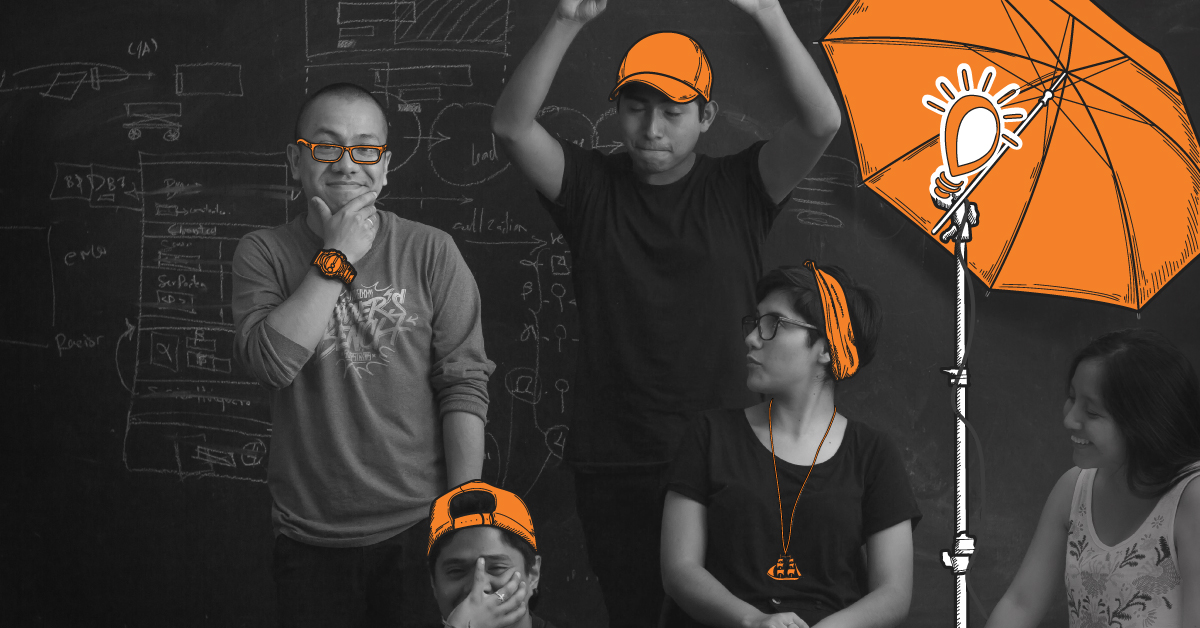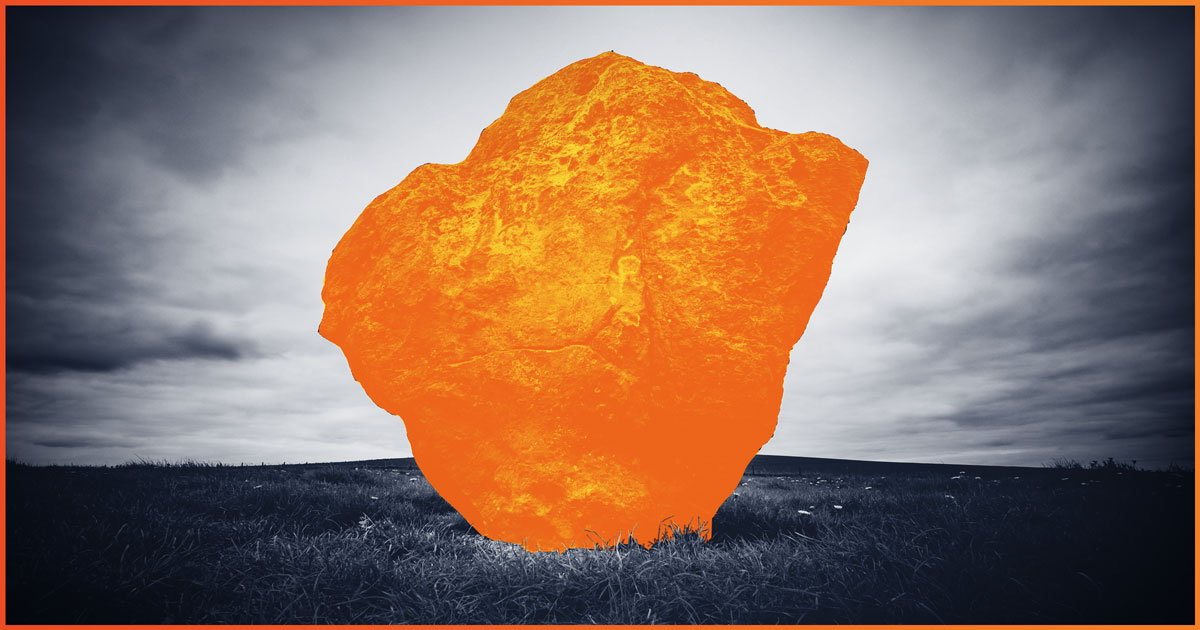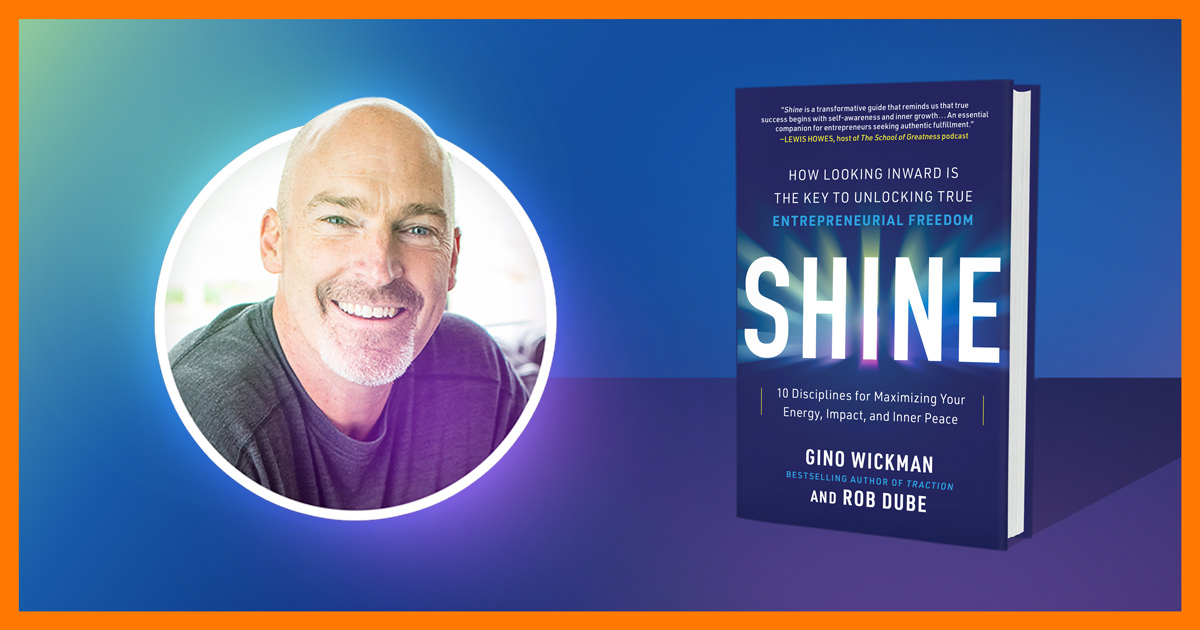
In a growing company, it’s normal to feel like we’re constantly in a battle for resources, results, energy, and people’s time and attention. Often, these daily challenges lead to unwanted tension and frustration.
Under pressure, we tend to focus on external events, such as keeping up with our competition or implementing shiny new technology. Unhealthy tension may also cause us to focus on internal issues, such as unhealthy conflict and personal politics.
“Threats,” real or imagined, are much more manageable when leaders focus first on people. Leaders need to establish a Circle of Safety – a firm foundation of trust within teams – rather than playing the blame game.
What is a Circle of Safety?
In his book, Leaders Eat Last, Simon Sinek explains the concept of a Circle of Safety: “Only when we feel we are in a ‘Circle of Safety’ will we pull together as a unified team, better able to survive and thrive regardless of the conditions outside.”
If the circle is broken, group strength diminishes. When in the Circle of Safety, “We” becomes the protector of “Me.” When we look out for what is best for “We,” “Me” is already covered.
Establishing a Circle of Safety at work creates interdependence, protection and success for all.
How Do We Build a Circle of Safety?
How do we build a deep level of trust within a team, keeping everyone focused, aligned and communicating well?
The entire Entrepreneurial Operating System® (EOS) process is designed to build trust amongst team members. Especially during the Annual Planning session, focus is placed on Team Health and building trust. How can this be done? Fun team social activities work well, such as going to dinner, bowling, go-karting or whirly-ball.
Rooted in the Circle of Safety is the concept of ‘leading by example’ and the willingness to place the needs of others above our own. Sinek comments, “Great leaders truly care about those they are privileged to lead and understand that the true cost of the leadership privilege comes at the expense of self-interest.”
Organizations succeed over the long term in both good and bad times when people share values and feel valued. Teams with deep levels of trust can easily act in the best interest of the collective. Being accountable means we share credit and ownership for everything that exists in our business – the good, bad and ugly. When something is bad or ugly, we agree to take responsibility as a team and work together to fix it.
Organizations that achieve the greatest success share an important trait. They all have a firm Circle of Safety in place – a culture in which the leaders look out for the long-term greater good of the organization, even if that means putting their own self-interests aside. This is why they are willing to push hard and take risks.
EOS® is a blueprint for building a growth-focused company. If you own a business and are feeling frustrated, stuck or unhappy, there are a number of steps you can take today.



